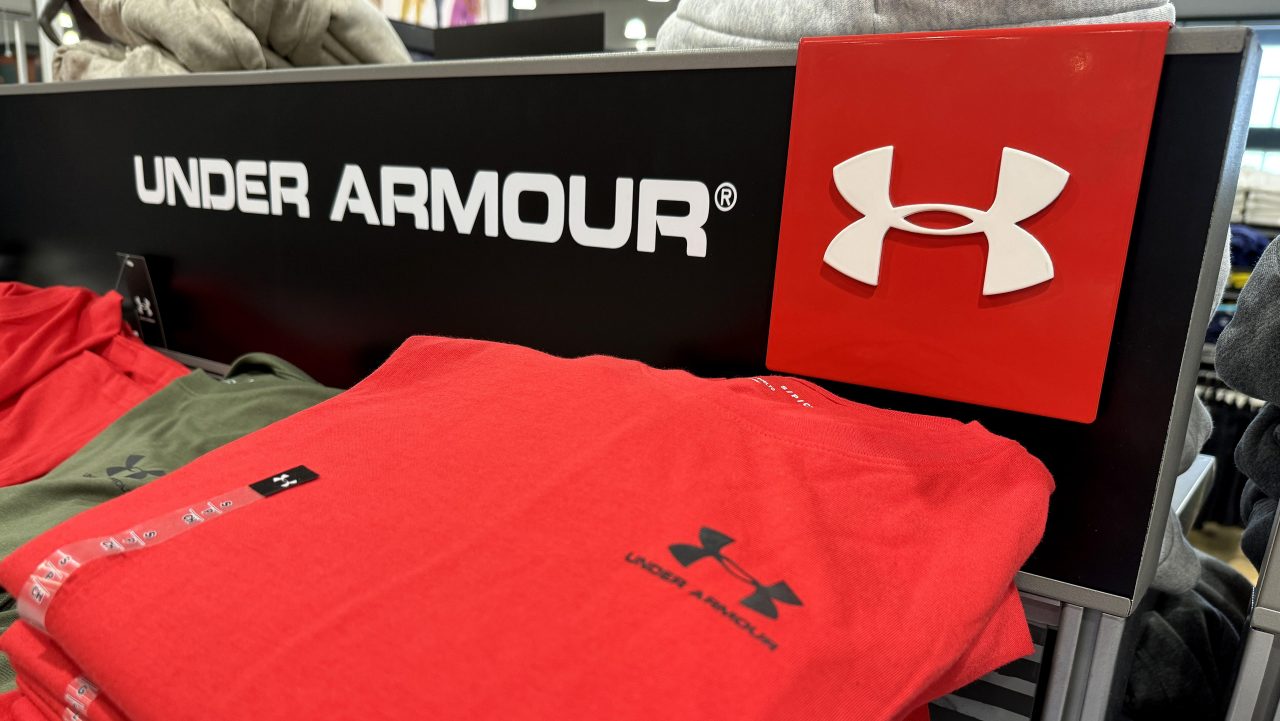
The stock market reaction to the global Trump tariffs has chopped $318 billion in value from sports stock in a week, according to Sportico data.
That’s nearly 10% of the value of the sector. Sports stocks were worth $3.36 trillion last Wednesday. They’re worth $3.04 trillion today. That bloodletting is after accounting for the market’s bounce late Monday and into Tuesday. U.S. stocks fell more than 15%, peak to trough, from April 2 to the lows at the start of trading this Monday. They recovered slightly to be down about 11.5% through Tuesday, according to the Dow Jones Total Stock Market Index, which tracks every U.S. listed stock with a readily available price.
The drop in sports stocks isn’t a surprise; they largely sit in the consumer discretionary bucket of stocks, which is seen as vulnerable to tariffs. “Industries like retail, luxury goods, entertainment and travel are typically negatively impacted in market downturns, as discretionary income and spending tend to dry up. These goods and services are not considered essential like their consumer staples peers,” LPL chief chief equity strategist Jeffrey Buchbinder said in a research note Tuesday. “Many companies in this sector lack pricing power, as goods and services are discretionary and therefore typically expendable in a weaker economy.”
While market cap losses may seem ephemeral—after all, stock prices rise and fall daily—the sharp drop in capitalization can have real effects on sports companies and how they conduct business. Lower market caps make debt appear worse on a company’s balance sheet and skew numbers investors and lenders watch, such as debt-to-equity and enterprise value ratios. That makes them less attractive to investors who focus on financial metrics, can put companies at risk of violating debt covenants, and creates difficulties raising capital, since investors are less likely to buy new shares issued by companies experiencing weak stock market performance.
Case in point: Ticket selling platform StubHub filed for an IPO three weeks ago with chatter that the company would seek to raise $1 billion. On Monday, the company put the offering on indefinite delay due to market conditions, according to published reports citing anonymous company sources. Its publicly traded peers have also been hurt badly. Vivid Seats has lost 14% of its market cap the past week and trades under $3 a share today, a price point many mutual funds won’t buy at because of restrictions on low-priced stocks. The dominant ticket seller, Live Nation, is down about 9% over fears consumers will spend less.
The plunge in the value of the U.S. sports market is measured by the market capitalization of the 40 stocks in the Sportico Sports Stock Index, plus another 12 that aren’t in the index. The combined group covers at least 99% of the value of U.S.-listed stocks that rely on sports for a significant portion of their growth. Sports stocks include not just the handful of publicly traded sports teams and leagues like Formula One and Madison Square Garden Sports, which combined have lost $2.7 billion market value, but also broadcasters, apparel and gear makers, sporting goods retailers, sports betting companies and sports tech providers.
The size of the drop is heavily skewed by one stock: Amazon.com, which itself was worth $2.04 trillion a week ago. It accounted for a little more than half of the dollar-value losses. Excepting Amazon, sports-related stocks still lost 10% of their collective value in the past week. While Amazon is a diversified company with significant operations in online and physical retailing, cloud computing services and advertising sales, it’s included in the Sportico index because sports programming on its Prime video service is a key facet of its strategy to retain customers.
Amazon has 194 million members of Prime, its subscription service that includes shipping discounts and video streaming, according to Consumer Intelligence Research Partners, which tracks Amazon’s business. Almost 173 million of those are regular watchers of the video service, worth more than $24 billion in direct annual subscription fees alone. Subscribers are more likely to order products and other services from Amazon.
While Amazon was the biggest loser in terms of market capitalization dollars, Under Armour was the worst percentage-wise. Wall Street hacked nearly a quarter of Under Armour’s market cap in five trading days, sending the maker of apparel and sneakers to its lowest valuation since 2009. Under Armour, like other sports apparel makers, has suffered outsized selling because it produces the vast majority of its goods outside the U.S., and Wall Street had been betting the Trump tariffs would only target China.
As recently as February, executives were telling investors that they believed the company was insulated from tariffs, because only 3% of the goods it sells in the U.S. are sourced from China. In its last annual report, Under Armour noted “substantially all” of its product is made in China, Indonesia and Vietnam, which will be subject to tariffs starting at 34% for Indonesia and going up to 104% for China.
Reflecting the wide bearishness in the stock markets since the announcement of extensive tariffs last week, only one sports stock has gained value over the past week: Arena Group Holdings. The publisher of titles including Athlon Sports, The Spun, Powder, Surfer and Bike magazines is perhaps best known for losing its license to publish Sports Illustrated last year. Arena Group gained nearly 5% the past week as investors anticipate its latest earnings results to be released Tuesday. But the gain hardly helped the sports stocks sector as a whole: Arena is valued at just $93 million today.

